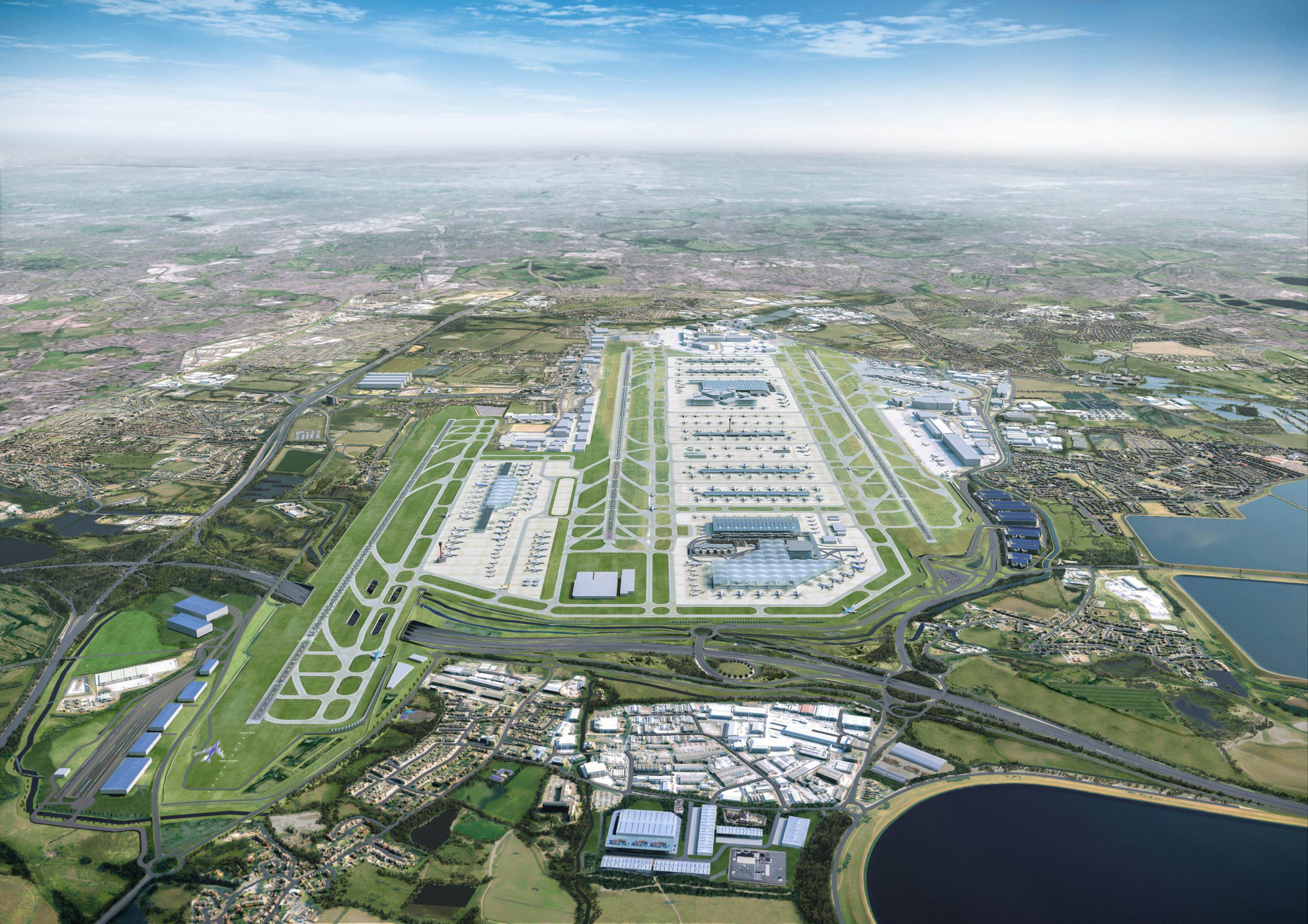
heathrow 17581816690141 scaled
Heathrow Airport posted its first adjusted profit since 2019, buoyed by strong travel demand in 4Q23. The airport is one of the busiest hubs worldwide. The adjusted profit before tax came in at £38m for the year ended December 31st, compared with a £684m loss last year. Heathrow said that no dividends were paid in 2023 and forecasted none for this year but said it was possible.
Heathrow reports:
- 2023 was a strong year for Heathrow, with passenger numbers recovering to 79.2 million, the third-highest year in Heathrow’s history.
- A strong Q4 performance helped us reach our first adjusted profit in four years, with £38 million adjusted profit before tax. Our balance sheet remains strong, gearing below pre-pandemic levels and £3.8 billion of liquidity. Airport charges were reduced by 20% in real terms at the start of 2024 in line with the CAA’s H7 settlement, which means maintaining even a small profit will require us to close a £400 million gap with efficiencies and investment trade-offs require us to close a £400 million gap with efficiencies and investment trade-offs over the next three years. We are finalizing a refreshed business strategy, which will be shared in the months ahead.
- No dividends were paid in 2023, and none are currently forecast for 2024, although it is plausible subject to financial performance. We will continue to review optionality throughout the year.
- Behind-the-scenes investments are underway across the airport to boost passenger experience and operational resilience. We are upgrading 146 security lanes as part of our £1 billion investment in next-generation security equipment, and we have appointed a lead contractor to replace the T2 baggage system.
- Significant strides were made towards our Heathrow 2.0 commitments, including launching the Giving Back Programme, which will deliver activities to nearly 100,000 local people.
- Record amounts of Sustainable Aviation Fuel (SAF) were used at Heathrow during 2023, including powering the inaugural 100% SAF transatlantic flight, and we committed to incentivizing the use of up to 155,000 tonnes of SAF in 2024.
- UK consumers will pay more to travel in the future if Ministers do not speed up the delivery of a domestic SAF industry, and the Chancellor makes the UK a magnet for international tourism spend by leveling the playing field with the UK’s European rivals and bringing back tax-free shopping. The Spring Budget should not miss the chance to deliver change on both key economic issues.
Heathrow should be expected to benefit from the return of air demand. That isn’t a surprise. The airport’s financials are impressive when one considers they dropped airport charges 20% and, as they note, even breaking even “..require(s) us to close a £400 million gap with efficiencies and investment trade-offs.” This is no small hurdle.
Bear in mind Heathrow has been trying to add runway capacity for a long time. The competitive environment is tough: Schiphol boasts six runways, Charles de Gaulle has four, and Heathrow has two.
Moreover, Heathrow operates at 98% capacity, and flight movements are capped at 480,000 per year. This means the airlines operating at this airport must deploy their largest aircraft to maximize their slot benefit. But not everyone operates A380s, and not every route from Heathrow demands that capacity.
What we have is one of the finest balancing acts in commercial aviation. Heathrow and its operators must extract the highest value from those 480,000 movements. While doing this, Heathrow also needs to cut airport charges.
This is a complex situation; as the airport points out, investment “trade-offs” are real. Every limit placed on Heathrow means an opportunity for CDG and AMS – though AMS is also running into limits. The much-maligned A380 has its natural home at Heathrow. Aircraft of this size make more sense at Heathrow than just about anywhere else. Heathrow will continue to be the home for any “superjumbo.”
However, change is on the horizon in the form of the long-range single-aisle MoM, like the A321LR and XLR. These aircraft could solve some of Heathrow’s capacity challenges. For example, flights from secondary US cities to secondary UK cities could ease pressure on the capacity cap. London won’t be less important, but increasingly, traffic that needs to go to London might use Heathrow more, while connecting traffic to other UK points will not need Heathrow access.
But as we have seen with the 787, which opened up many new routes and markets, breaking away from a hub at one end is not easy. And it takes a lot of time. Therefore, the delicate balance at Heathrow will continue, and its slots will trade at ever higher prices.
Views: 6




